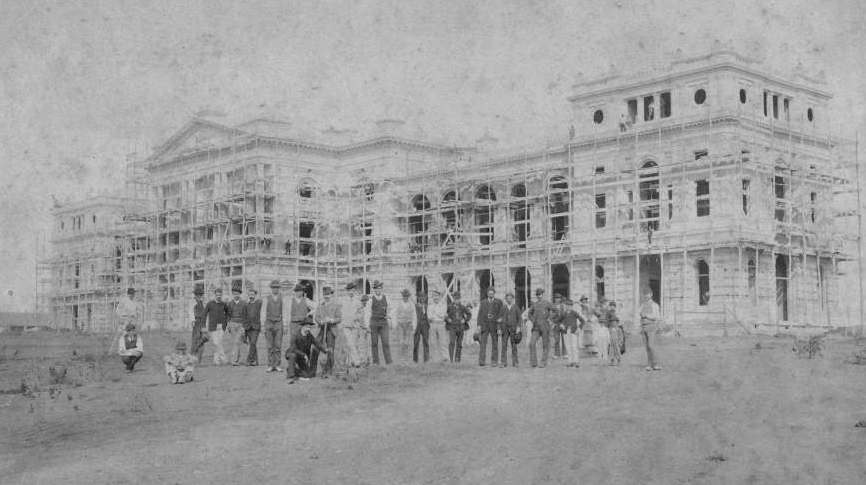Brazil (University of São Paulo) Integrated with USP since 1963, Museu do Ipiranga serves teaching, research and extension functions

Originally conceived as a monument to Independence, the Ipiranga Museum was built between 1885 and 1890 and was inaugurated on September 7, 1895 as a Museum of Natural History and a representative landmark of Independence, the History of Brazil and Paulista. Its first nucleus of collection was the collection of Colonel Joaquim Sertório, which constituted a private museum in São Paulo. It is the oldest public museum in São Paulo and one of the oldest in the country.
According to Solange Ferraz de Lima, a professor at Museu Paulista and president of the Culture and Extension Committee of the Museu do Ipiranga , it was a project of the empire, which was ready in the Republic. “And the State Museum, which is being founded at the same time, is transferred to him. It was a museum built along the lines of natural history museums in the 19th century,” she says. “It is an encyclopedic museum”, defines the teacher.
“The Museum was integrated into USP in 1963, curiously in the same year that MAC (Museum of Contemporary Art at USP) was integrated. There was then, in fact, an interest in integrating museums. But since 1934, when the University of São Paulo was created, the Museu Paulista (in Ipiranga) has appeared as a complementary institute”, he explains. According to Solange, in practice, it means that many professors who worked at USP carried out their research at the museum, such as Sérgio Buarque de Holanda, who was one of its directors.
Located within the Parque da Independência complex, it was listed by the municipal, state and federal historical heritage, and under the administration of USP, it serves the functions of teaching, research and extension, pillars of the University’s performance. The Master Plan of 1990 defined the History of Material Culture as an institutional specialty area. In this field, it instituted three lines of research: Daily Life and Society; Universe of Work; History of the Imaginary, as a result of which the Museum’s collections and exhibitions have been expanded and reoriented.
